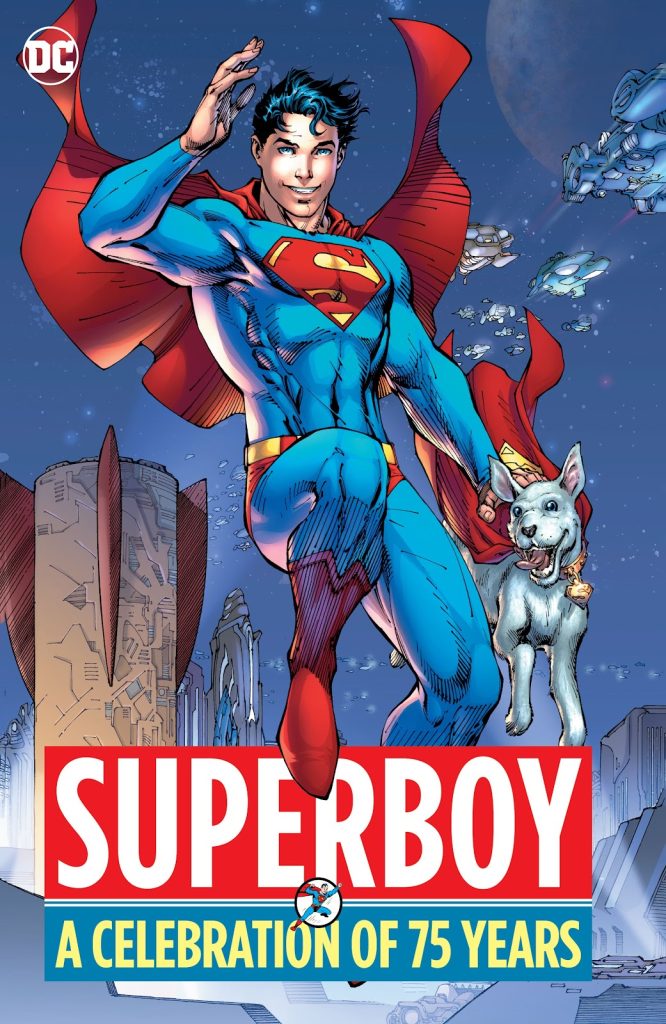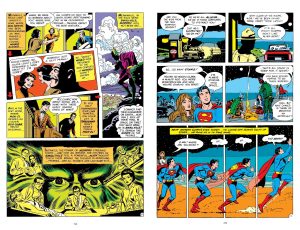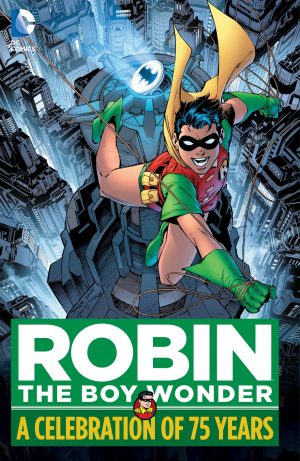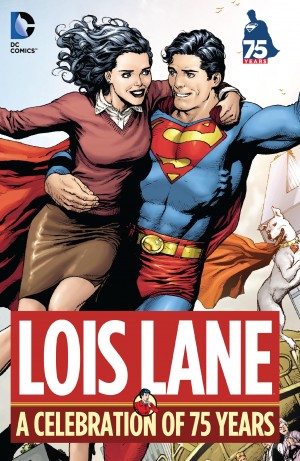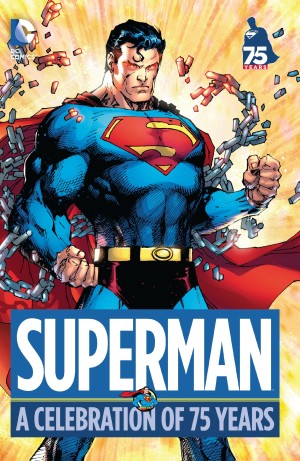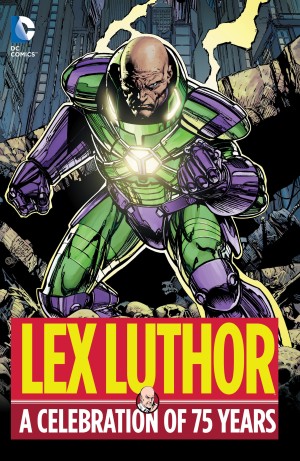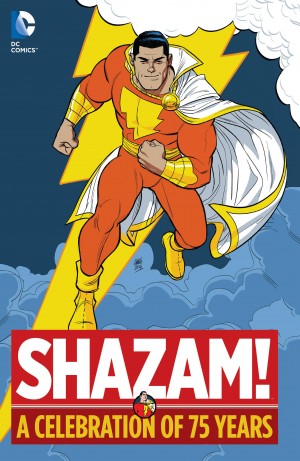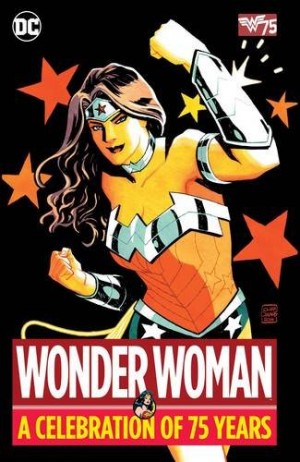Review by Frank Plowright
For well over half of Superboy’s 75 years in comics he remained the same character as Superman, just when he was younger, his adventures occurring around Smallville in the past. Of course, as time moved on, that past moved with it, from the 1930s to the 1960s, but Superboy also moved with the times, the super teen being inducted into the 30th century Legion of Super-Heroes to broaden his adventures.
The Superboy of old was jettisoned in 1986, considered a no longer viable reminder of more whimsical times. Embarrassingly for DC, just as he was rejected as outdated in the comics a TV show went into production. When the name returned in the 1990s it was applied to Connor Kent, a cloned version of Superman, initially looking extremely contemporary, but now a fashion disaster. When DC rebooted their universe in 2011, Jon Kent was introduced as Superboy, his powers based more on intuitive telekinetic ability than Kryptonian heritage. All versions are spotlighted here, apart from sampling the comics resulting from the 1980s TV show.
The earliest story by Bill Finger and John Sikela typifies the era in idealising small town USA. Young Clark Kent pals around with Lana Lang from whom he conceals his other identity about which she’s inordinately curious. Superboy averts accidents and deals with small time crooks. There’s period charm, but that and subsequent 1950s and 1960s offerings introducing Krypto, the LSH, Lex Luthor and Mon-El are very much of their era.
We reach 1968 before something beyond nostalgia, as Jim Shooter and Curt Swan have Superboy hiding some Legion members in his era. It’s dated in places, but the essential tension is supplemented by clever variations on preventing danger without revelation. The LSH appear in two further tales from 1977 and 1980, a period where Superboy was only seen as one of their members. Stylish art from James Sherman is the best aspect before attention switches to a different Superboy, one who’s the only superhero on ‘our’ Earth.
Swan draws more stories than anyone else, and moving through the decades shows a versatility perhaps not always associated with his art, as per the sample pages. From the 1950s to the 1980s he changes layouts according to the era, but always with rock solid storytelling foundations. Geoff Johns writes the most pages, and while some are landmark stories some are also unreadable without reference to whatever else DC was brewing at the time, especially the penultimate chapter of Infinite Crisis by multiple artists. The best from Johns is quiet reunion in 2009, artist Francis Manapul bringing out the emotional relief.
The selection ends with three tales of Superboy now actually the son of Superman, if adopted (it’s complex). Patrick Gleason loves an extreme close-up too much, but his collaborations with Peter J. Tomasi strike the right note between innocence and capability, involve an interesting supporting cast, a clever plot and the start of a friendship with Robin.
It’s rather too little, too late. By concentrating so much on landmarks and characters who aren’t Superboy this collection ticks one box while ensuring another remains blank, leaving it representative, but nowhere near as good as it could be.
